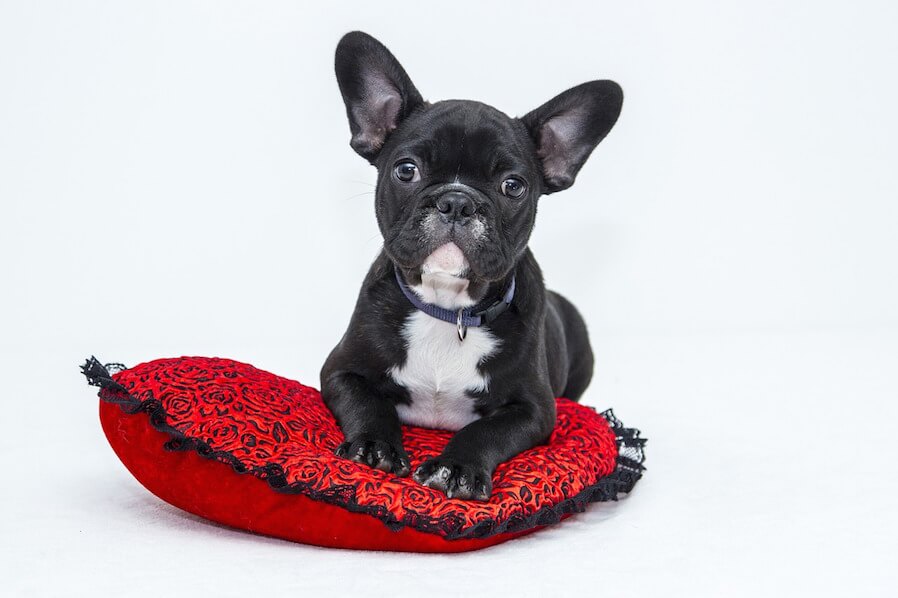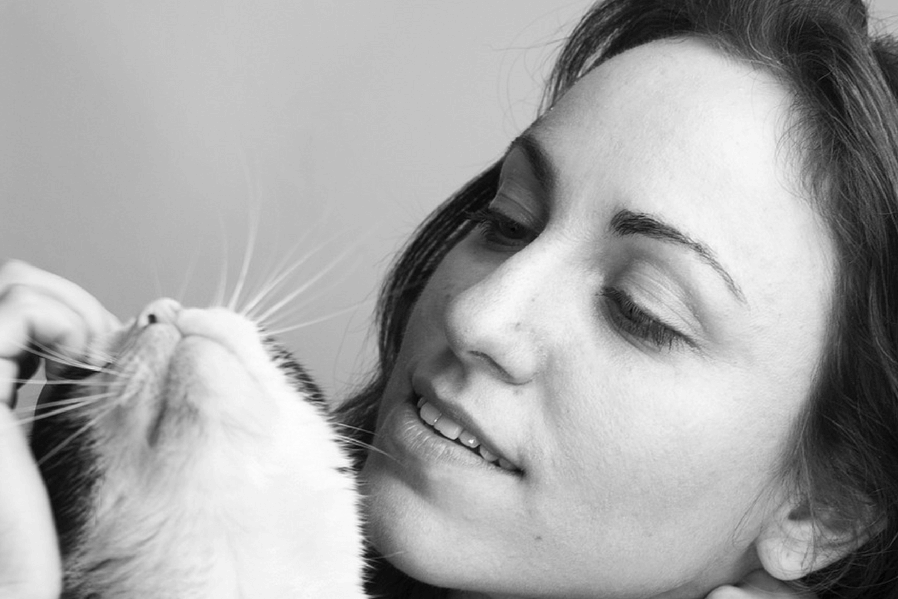A 5-Step Guide to Easing Your Pet into Condo Life
Moves can be stressful for your pet. There’s a great chance they will feel unsure in the new environment, and would start manifesting behavior issues that may not have been present in the past. Your pet may also start absorbing your emotions. While condo living is an inviting option, having to confront a major change can be nerve-racking. Devise ways to make sure the move will entail the least possible stress for you and your furry buddy.
Minimize the anxiety way before the actual move

Devise ways to ease your transition way before you make your actual move. You can talk to your pet. Even if animals cannot entirely understand what it is that you are saying, the calmness in your voice would be enough to make them feel better. Moreover, try to stay calm while preparing to move. Keep in mind that animals have a way of picking up on people’s emotions. Make sure you are giving off vibes that are calming. If you allow yourself to get overwhelmed and anxious, your pet would be just as upset. Note that all the packing can be very stressful for your furry friend, as it is a remarkable break away from routine. Plus, he would be taking in all the chaotic frenzy. Observe your pet. Some would be more comfortable staying near you no matter what you are doing, while there are those who would rather isolate themselves from all the moving madness. Confining your pet in a crate, and keeping him busy with fun toys may be a great option for you. If you expect a hectic moving day, you may want to consider boarding your furry friend at a kennel, daycare or with a trusted friend.
You can also help your pet ease into a new environment by following a simple tactic. Simply infuse your home with a distinct scent for a few weeks before your actual move. Then, spray your new home with the actual scent before bringing your pet in. The familiar smell will help give your pet a sense of comfort.
Ensure their safety

Plan for your pet’s safety during the preparation stage, the actual move and the adjustment period in the new home. Some pets would be upset and scared once the suitcases and boxes take over. You might find them hiding or running away. Secure a safe space for them, somewhere where they would not get lost or hurt. Make sure your pet has a tag with your identification and contact information. You should also secure copies of their veterinarian records. Research a good veterinarian in the area where you’re moving. Find out if there are any aggressive animals in your new neighborhood, or if there are any structural risks in your new home. You should also take the time to check if there are any dangerous items like antifreeze, rat poison, or spaces where they could escape from the property.
Check if you need to license your pet according to local ordinances, and take the time to contact your pet’s tattoo or microchip registry to update your contact information. Moreover, make sure you have inquired about pet policies in your condo. Ask the management about weight, breed and size limitations. You may have to sign a pet policy agreement. Make sure you abide by it.
When outdoors, keep your pet on a leash as they sometimes have a tendency to run away when in a new environment. Do not leave your pet unsupervised even in a fenced yard as their anxiety can be enough to get them to find a way to escape. Until your pet has completely adapted to his new home, keep him leashed or supervised at all times.
Help your pet ease into the transition period

When you finally move into your new home, take your pet for a walk inside and outside your home. Introduce your pet to the area surrounding your home slowly. It is best to explore the neighborhood one block at a time. Strange animals can cause your pet unnecessary stress, and can even pose real danger. Keep your pet leashed. Make sure he comes to see the area as his new home before your take him off the leash. You should also keep him confined in his crate or in a room while you are unpacking to make sure he does not escape.
Note that you will be dealing with different types of neighbors in your new condo home, and not everybody is going to be a pet lover. This is yet another reason to keep your pet leashed, especially when within communal spaces. This is to avoid mishaps, at least until you have trained your pet to properly behave around the new neighbors and in his new environment. Teach him to enter and alight from the elevator at your cue and to sit when another dog is passing to avoid quarrels, among other things.
Place his toys, bed and bowls in the same areas as in your old place, i.e., in the family room or close to the kitchen fridge. Make sure you bring his favorites. While having new accoutrements for your pet may sound fun, this may not be a good time to introduce novel items. Bring his favored bed, toys, crate, treats, food and water dishes with you to your new home. The familiar items will help your pet feel more at home and in control quickly. You should also be consistent, and maintain your routine schedule for walks, playtime, cuddling, feeding and bedtime.
Observe your pet’s behavior

Watch your pet’s behavior closely. The move may have been traumatic for him. Be on the lookout for potential medical concerns, such as coughing, diarrhea and refusal to eat. These symptoms may be associated with stress, and can sometimes require treatment. Other stress signs to watch out for are hiding, pacing, separation anxiety and destroying things.
Fearful behavior is common when a dog is experiencing a major change in his life. He may become uncharacteristically timid or clingy and needy. He may start feeling unsure and would try to follow you everywhere you go. You are, after all, his most familiar anchor at home. Though it is important that you give your furry pal attention, make sure that you do not overdo it. Overly reassuring him can inadvertently give him the impression that there is something to worry about. Remaining calm and confident will help your pet more. The best way to help him cope is to give him something fun to focus on. Be ready to hand him his favorite toys. Exercise is also helpful. Walking and playing outdoors help invigorate dogs, and provide them with an outlet for the adrenaline rush the change of environment may be causing. Condominiums are especially ideal for this, as they come with spacious outdoor spaces, beautiful atriums and landscaped walking paths. You will enjoy the outdoors as much your pet will.
Be patient and shower your furry friend with TLC

Be patient with your pet. Expect accidents to happen. Be ready to monitor him and if possible; restrict his movements so you can minimize chances for mistakes. Make sure you are ready to praise your pet when he does something positive. Always stay patient. Give your pet ample time to sniff around their new territory. Allow them to explore, as well as to hide for a while if they opt to do so. You will notice that there may be temporary changes in their behavior, including pacing, barking, and potty and eating habits. Give them time to adjust to their new home. They need it every bit as you do.
Follow the tips above, and you and your pet should be adjusting well in you new condo unit.




